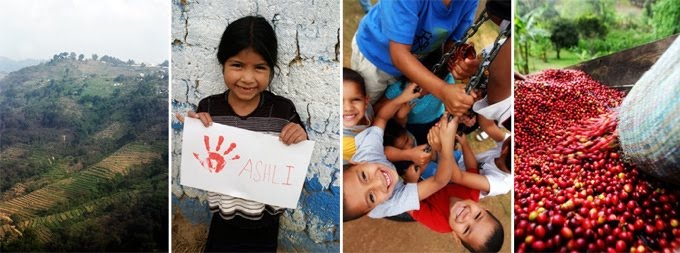If you want your coffee shop to survive for more then two years you NEED to have an inclusive culture. Having a inclusive culture can bring in new people, and help you to expand your markets. Having a restrictive culture will eventually burn out and close in on itself. This does not happen naturally; it takes time, money, and energy. The first step is what we talked about last week. Last week we talked about how to evaluate WHAT your coffee culture is saying to outsides. If you missed it
check it out! Knowing your culture is important, but you can't stop there. Learning how to form culture is where the real power for transformation comes from.
Six Ways to Guide Your Culture
This week I would like to give you 6 things you can create that will help you guide the culture toward where you want it.
1. Structures
Make sure the structures you have in your shop are open to new people. Structures are the practices that inform the culture you develop. If you only hire hipsters you will only have hipster clientele. If you only have white people in management positions, you will have trouble making minorities feel at home. If you play music that's inappropriate for children, you will not have young families buying your coffee. If you notice a wall that is keeping people out consider taking actions to tear them down.
2. Systems and procedures
Systems are "how we do things around here." It's important to set up systems that set you apart from the rabble, but still invite newcomers in. You should have procedures that respect both the coffee and the clientele. Use fresh roasted coffee, weigh our your coffee, measure your temperatures, keep things fresh, buy locally, use ethical coffee, and
invite your customers into what you are doing. Present your systems in a way that is easy to understand, and which is available for them to explore and share with others.
3. Rites and rituals
One
powerful thing you can do for your customers is create rites and rituals, and honor the ones that occur naturally. This can happen lots of ways. Create a regular schedule so people will be able to better create a relationship with their barista. Offer classes and cupping that being people into your coffee making procedures. Create yearly, monthly, and even daily traditions that people can count on. Have fun with this one. I have created ceremonies that I perform from time to time that honor coffee and those gathered around the cup with me (these can be great ways to share the values and commitment of your shop).
4. Physical space
Treat your space like you would a cup of coffee. Use all your senses and look for the subtle details. Look out for things that make you look unprofessional, sloppy, unwelcoming, too sterilized, too grimy, or just incompetent. Make sure the space smells good. Make sure your shop has a comfortable climate. Hire a designer to help you out. Get consistent branding. Show people that you care about them by caring about your shop!
5. Stories from the history of the shop, the space, the neighborhood and the coffee world
Gather stories! Talk about the barista who showed up 2 hours early to get the shop open on time during the blizzard of 2009, talk about when your loyal customer used your shop for a school project, talk about every story you can collect that can give people an idea of what you want your coffee shop to be about. Try to tell a story to a new customer every day.
6. Formal statements
Do you have formal statements that guide where your shop is going? You should! Every coffee shop should have a mission statement, a list of values that you try to honor in everything that you do, a vision for where your shop is going, a general strategy that states where you are going, and a list of concrete very specific goals. Bring a group of people in your culture together and start forming these documents. Make them EASY TO MEMORIZE and ARTICULATE THEM in everything that you are doing. The mission and vision will start to catch over time, and people will have a more concert idea of what you are doing to accomplish your goals.



